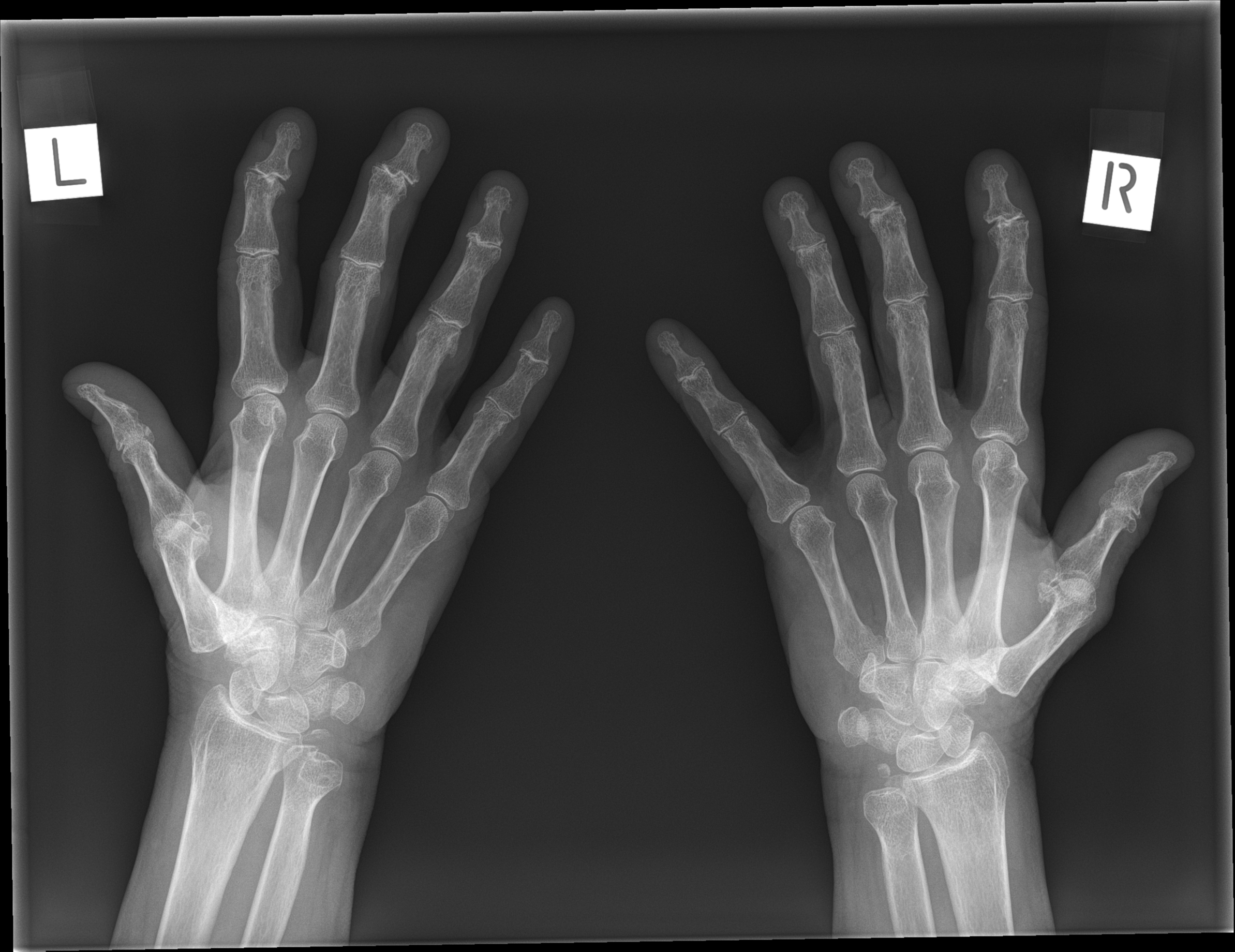

(On my MacBook Air, it has only a handful of words.) In my initial testing, learning a word updated the en file instead of LocalDictionary, which caused me some confusion. In the ~/Library/Spelling directory on my iMac, there’s also a text file called en, which contains a subset of the words in LocalDictionary. There is one quirk that I haven’t yet been able to figure out entirely.

SPELL CATCHER X FREE
You could even merge two of these learned word files from different Macs, as long as you have some way of sorting the lines alphabetically - I’d do that in BBEdit or the free TextWrangler, both of which have a Sort Lines command in the Text menu.
SPELL CATCHER X MAC
If you have multiple Macs, and want the same set of learned words on each of them, you can copy the LocalDictionary (or whatever your system uses) file from one Mac to another and then quit AppleSpell or restart. Sync Dictionaries across Macs - If you think about it, knowing that all your learned words are in a file gives you another interesting capability. After you quit AppleSpell, it restarts automatically after a few minutes, or the first time you Control-click a word. Without this last step (or a restart), AppleSpell won’t see your changes in LocalDictionary. If you are in a different English-speaking part of the world or use a different language, you’ll instead want to look for a file named for your region or language, such as en_CA for Canada or nl for Netherlands. In the Library folder, find the Spelling folder, and open it.ĭouble-click the LocalDictionary file to open it in TextEdit (or whatever app you use for text files).In the Finder, press the Option key and choose Library from the Go menu to open your account’s Library folder.Here’s an alternative solution - you can edit your list of learned words directly, since it’s just a text file. Effective, but awkward, particularly if you’ve ended up with a number of misspelled words in your dictionary over the years. The clumsy solution is to copy the offending word, paste it into TextEdit or a similar app, Control-click it there, and choose Unlearn Spelling from the pop-up menu. But if you’re in Safari, Google Chrome, or any other app that supports spell checking without implementing it fully, no Unlearn Spelling command is available.

If you’re in Pages, TextEdit, Nisus Writer Pro, BBEdit, or the like, you can Control-click the word, which will no longer have that red underline, and choose Unlearn Spelling to reverse your action. Control-click it to display a pop-up menu that offers correctly spelled alternatives along with commands to learn the word if it’s right or ignore it if it’s correct in context.) (Just to make sure we’re all on the same page of the Mac 101 textbook… when you type a word that the spelling checker doesn’t recognize, it will be underlined in red. I Control-clicked it to get the proper spelling, but my finger slipped, and I inadvertently chose Learn Spelling, which added it to my local user dictionary. OS X’s spelling checker alertly underlined it in red to indicate that it was wrong. I was editing some text and ran across the misspelling “stegonography” (when properly spelled as “steganography,” it means the practice of concealing messages within other seemingly innocuous text or data).
SPELL CATCHER X HOW TO
#1656: Passcode thieves lock iCloud accounts, the apps Adam uses, iPhoto and Aperture library conversion in Venturaĭon’t you hate it when you accidentally tell OS X’s spelling checker to learn a misspelled word, rather than correcting it? Let me show you how to fix that.#1657: A deep dive into the innovative Arc Web browser.#1658: Rapid Security Responses, NYPD and industry standard AirTag news, Apple's Q2 2023 financials.#1659: Exposure notifications shut down, cookbook subscription service, alarm notification type proposal, Explain XKCD.



 0 kommentar(er)
0 kommentar(er)
